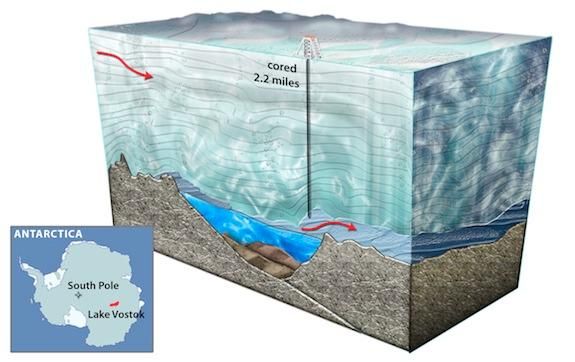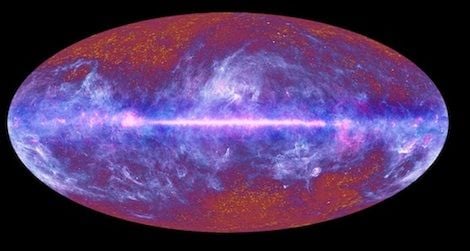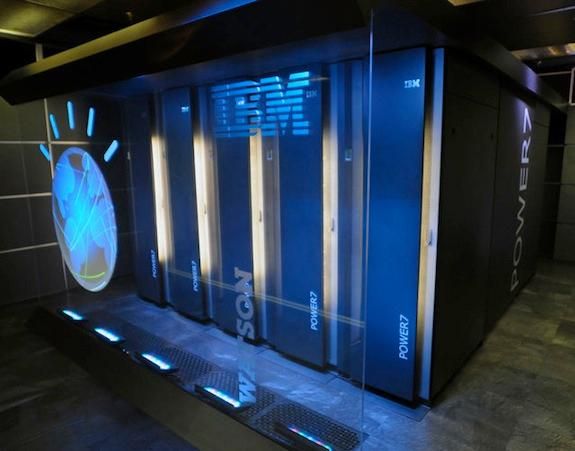5 Science Stories to Watch in 2013
The new year could feature discoveries of life within subglacial Antarctic lakes, the brightest comet in generations and more
/https://tf-cmsv2-smithsonianmag-media.s3.amazonaws.com/filer/32/78/3278dfb2-adda-4385-8b69-ebabee95a3db/comet-ison.jpg)
Over the past year, we’ve seen a ton of scientific milestones and discoveries of historic importance, from the discovery of the Higgs Boson to the landing of a mobile laboratory on Mars. Science, though, is defined by its relentless march forward: No matter how much we learn, there are always more questions to answer. So, after our roundup of 2012′s most surprising (and significant) scientific events, we bring you the most exciting studies, projects and science developments we’ll be watching for in 2013.
1. Comet Ison: Back in September, a pair of Russian astronomers discovered a new comet heading in our direction. At the time, it was just a faint blip detectable only with the most sophisticated telescopes, and it was unclear how visible it would become during its approach. Now, though, astronomers are predicting that when it passes by us and closely orbits the sun in November and December of 2013, it could be the astronomical sight of our lifetimes. “Comet Ison could draw millions out into the dark to witness what could be the brightest comet seen in many generations—brighter even than the full Moon,” astronomer David Whitehouse writes in The Independent. One thing’s for sure: we’ll be watching.

2. Lake Vostok: For more than a decade, a team of Russian scientists has worked to drill nearly 12,000 feet down into Antarctica’s icy depths with a single purpose: to obtain samples from the ultra-deep isolated subglacial lake known as Lake Vostok. After barely reaching the water’s surface last Antarctic summer, they now plan to return at the end of 2013 to drill fully into the lake and use a robot to collect water and sediment samples. The lake may have been isolated for as long as 15 to 25 million years—providing the tantalizing potential for long-term isolated evolution that could yield utterly strange lifeforms. The lake could even serve as a model for the theoretical ice-covered oceans on Jupiter’s moon Europa, helping us better understand how evolution might occur elsewhere in the solar system.
Rival American and British teams were also racing to probe the depths of other subglacial lakes in search of life—the American team’s efforts to reach subglacial Lake Whillans is expected to meet with success this January or February, while the British have been forced to cease their drilling efforts into subglacial Lake Ellsworth due to technical difficulties.

3. Algae Fuel: Experts predict that 2013 will be the year when vehicle fuels derived from algae finally take off. A handful of biofuel stations in the San Francisco area started selling algae-based biodiesel commercially for the first time last month, and after the product met state fuel standards, the pilot program is expected to be expanded shortly. Because algae use less space, grow more quickly and can be more efficiently converted into oil than conventional crops used for biofuels, advocates are excited about the possibility that algae-based fuels could wean us off petroleum without using up precious food crops.

4. Cosmic Microwave Background: Energy left over from the Big Bang still radiates through the universe—and the European Space Agency’s plans to use the Planck satellite to measure this energy more precisely than ever before could help us better understand the formation of the universe. The 1965 measurement of this microwave energy first supported the concept of the Big Bang, and subsequent examination of variations in the radiation has led to more sophisticated theories about our universe’s earliest days. The Planck satellite, launched in 2009, has already collected a wide range of valuable astronomical data and images, but plans to release all this info in early 2013 has the cosmology world all atwitter.

5. Supercomputers to the Rescue: A number of supercomputers around the world could have a remarkable impact at solving problems in health, the environment and other fields over the next year. Yellowstone, a 1.5 petaflops cluster computer in Wyoming, was installed this past summer and will spend 2013 crunching numbers (1.5 quadrillion calculations per second, to be exact) to refine climate models and help us better understand how storms and wildfires move across the planet. Meanwhile, Watson, IBM’s world-famous Jeopardy-winning supercomputer, is currently being trained by doctors to recognize medical symptoms and serve as a diagnostic tool, providing treatment options based on case histories and clinical knowledge. So far, the computer has been trained to recognize breast, lung and prostate cancers.
/https://tf-cmsv2-smithsonianmag-media.s3.amazonaws.com/accounts/headshot/joseph-stromberg-240.jpg)
/https://tf-cmsv2-smithsonianmag-media.s3.amazonaws.com/accounts/headshot/joseph-stromberg-240.jpg)